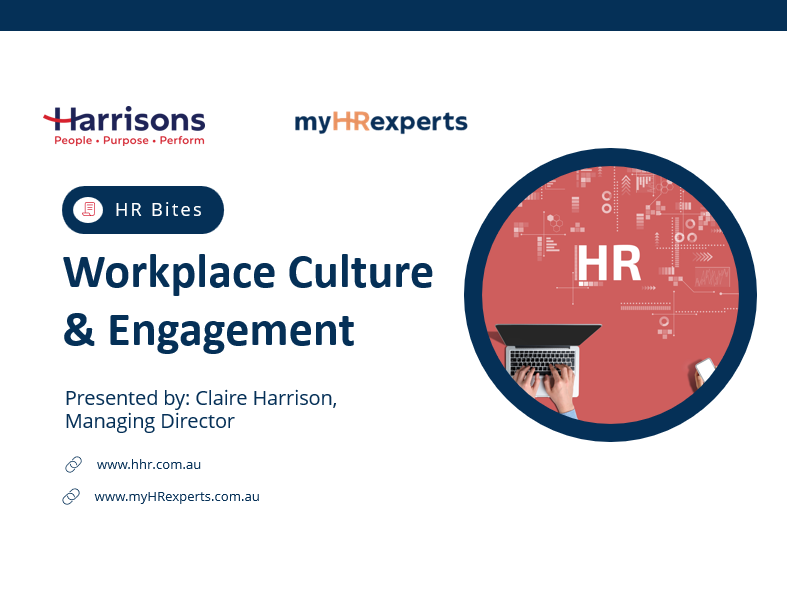The genesis of the new regulation can be traced back to the 2018 Boland Review of the Model OHS Laws, which identified a significant gap in how psychological health was addressed in the existing laws. The review highlighted stakeholders’ concerns that psychological health is often neglected and recommended further regulation to provide clear, practical guidance. There was a call to bring widely recognised psychosocial hazards, such as bullying and harassment, into the broader occupational health and safety (OHS) context.
The introduction of the “Managing the risk of psychosocial hazards at work Code of Practice 2022” in Queensland set a precedent that other states in Australia may follow, reflecting a nationwide trend towards the betterment of mental health in the workplace. While each state and territory in Australia operates under its own set of work health and safety (WHS) laws, there is a level of uniformity inspired by the model WHS laws developed by Safe Work Australia. As such, organisations across Australia would be well-advised to proactively align with these standards, anticipating broader legislative adoption. Safe Work Australia has produced the Model Code of Practice: Managing psychosocial hazards at work.
Compliance across different states involves staying informed about local WHS regulations and any new amendments pertaining to psychosocial risks. Employers should engage with WHS regulatory bodies within their state for specific guidance and resources. Regardless of the jurisdiction, implementing a risk management framework that includes the identification, assessment, and control of psychosocial hazards—coupled with ongoing monitoring and review—is a best practice approach. Ensuring that such a framework is part of the organisation’s overall WHS management system will not only help in compliance should similar changes be legislated across Australia but will also promote a healthier, more productive workforce.
Objectives of the New Regulation
The Queensland Government, in line with the review’s findings, set specific objectives for the new regulation, which include:
- Reducing and preventing the incidence of work-related psychological injuries.
- Providing clarity and certainty on existing duties to manage risks.
- Raising the profile of psychosocial risks.
- Offering a clearer path for enforcement action.
Notably, the government has brought attention to “poor organisational justice” as a relevant hazard.
The Law and Changes
The new regulations under the Work Health and Safety (WHS) Act introduce specific requirements for managing psychosocial risks. It is important to note what has not changed: the primary duties under the WHS Act remain the same. A Person Conducting a Business or Undertaking (PCBU) is still required to ensure, as far as reasonably practicable, that workers and other persons are not exposed to risks to their psychological health and safety.
What’s new, however, are explicit definitions and processes:
- Regulation 55A: Defines a psychosocial hazard.
- Regulation 55B: Defines a psychosocial risk.
- Regulation 55D: Requires a PCBU to manage psychosocial risks by identifying, assessing, controlling, and reviewing such risks.
Addressing Psychosocial Hazards
Identifying Hazards
It begins with a thorough assessment of the workplace to identify potential psychosocial hazards. This can include surveys, interviews, or other forms of consultation with staff.
Assessing Risks
Once identified, the risks associated with these hazards must be assessed. This may involve analysing incident reports, sickness absence data, or any existing patterns of complaints.
Controlling Risks
Effective control measures can include changes to work practices, training on conflict resolution, and the promotion of a supportive work culture. Policies should be clear, and their implementation must be consistently managed.
Maintaining and Reviewing Controls
Control measures should be regularly reviewed and updated to ensure their effectiveness. Continuous feedback from workers is critical in this process.
Practical Guide to Managing Relevant Risks
The Code of Practice provides practical guidance on managing risks. It outlines common hazards, risk assessment approaches, control strategies, and consultation methods. It emphasises a risk management process in line with the regulations and offers advice on responding to complaints and incidents.
Why Act?
The risks of not adequately managing psychosocial hazards are multi-faceted. They can lead to worker’s compensation and personal injury claims, applications for ‘stop bullying’ orders, unlawful discrimination claims, sexual harassment claims, and other industrial disputes.
Beyond compliance, there are moral and legal reasons to address psychosocial risks proactively:
- To fulfill moral obligations towards employees.
- To comply with criminal law.
- To mitigate potential legal disputes and claims.
Actions for Compliance
- Understanding the Code: Organisations should start by thoroughly reading the Code to understand their obligations.
- Evaluating Workplace Practices: Evaluate current practices against the Code’s guidelines, focusing on areas such as role clarity, justice, and workplace relationships.
- Consultation: Engage with workers to identify psychosocial risks and develop practical solutions.
- Training: Provide training for staff and management to recognise and manage psychosocial risks.
- Support Systems: Implement support systems, such as Employee Assistance Programs (EAPs), to provide professional help to employees dealing with psychosocial issues.
- Documentation: Keep detailed records of all risk management activities, including risk assessments, control measures, and review processes.
- Professional Advice: Seek professional advice to ensure full compliance with the new regulations and to stay abreast of any changes in legislation.
- Scenario Planning: Prepare for various scenarios that could impact psychosocial risks, such as organisational changes, high-stress periods, or crisis situations.
Conclusion
Managing psychosocial hazards in the workplace is not merely about compliance; it is about fostering a safe and supportive environment where employees can thrive. By proactively identifying, assessing, and managing these risks, organisations can not only comply with the new “Managing the risk of psychosocial hazards at work Code of Practice 2022” but also improve productivity, enhance employee wellbeing, and create a more resilient workforce.
The new regulation is an opportunity for organisations to rethink their approach to mental health and wellbeing at work. By implementing the recommendations and complying with the Code, employers can protect their workforce and their business from the complex challenges of psychosocial risks. Ultimately, the goal is to ensure that every person within the organisation feels valued, understood, and supported, thereby creating a workplace culture that is both healthy and sustainable.
If you need help to understand and comply with the new Code, Harrisons is here to assist you. We have a team of experts who can provide you with guidance, training, and support on how to manage psychosocial hazards in your workplace. Whether you need a risk assessment, a policy review, or a wellbeing program, we can tailor our services to suit your needs and budget. Contact us today to find out how we can help you create a safer and healthier workplace for your employees.
Claire Harrison is the Founder and Managing Director of Harrisons, a flourishing HR consulting business that sprouted in 2009 from Claire’s passionate belief that inspiring leaders and superstar employees are the key success factor to any business. With over 20 years’ experience, Claire has worked as a HR Director of multi-national organisations, as a Non-Executive Board Director, and a small business owner. Claire’s corporate career includes working with companies such as BHP, Westpac, Fonterra and Mayne Nickless.




